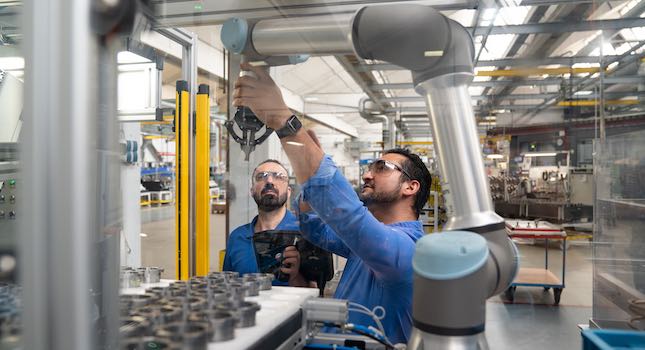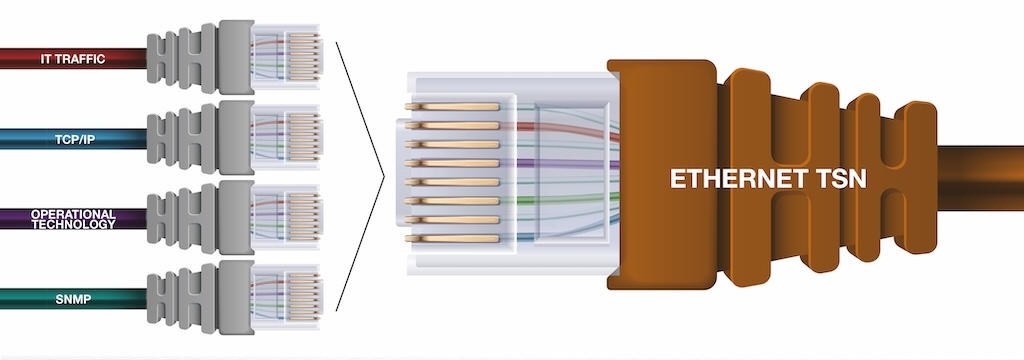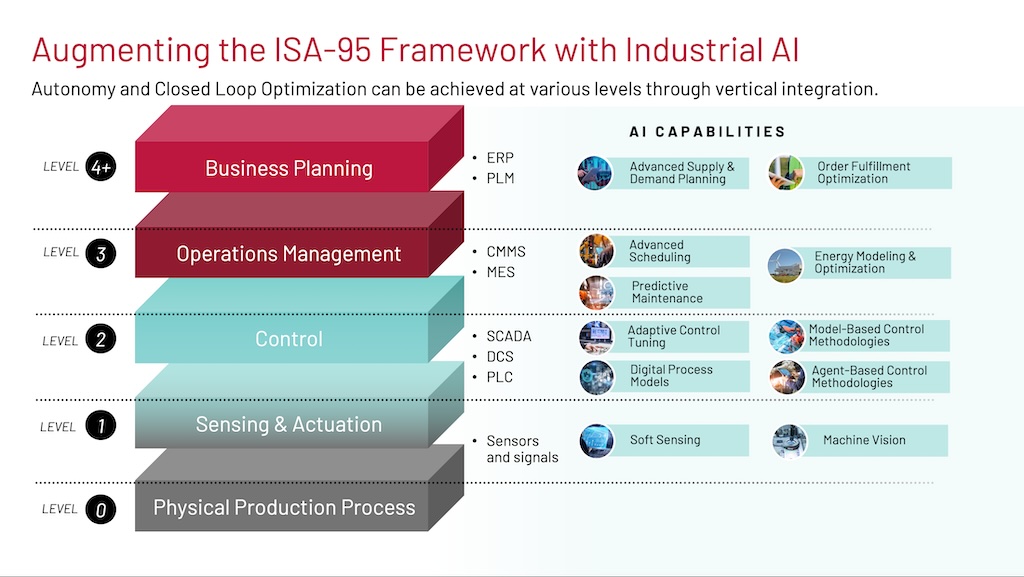To be a plant engineer is to realize the wonderful benefits of a well-automated production system – and to suffer the problems caused by a poorly designed control system. So, what makes one automation system better than another?
To be a plant engineer is to realize the wonderful benefits of a well-automated production system — and to suffer the problems caused by a poorly designed control system. So, what makes one automation system better than another? And, when implementing a control system, how do you ensure you’re getting the best system for the money?
When it comes to specifying and purchasing automation services and equipment, one of the most frustrating aspects for any plant engineer is the nagging question of not knowing whether they are getting what they paid for. Questions might include: “Is this a highly specialized service?” or “Am I paying too much for a commodity I could get anywhere?”
The answer lies in the procedures and methods used when designing the system.
Large or small, any control system project carries some risk to the owner. To mitigate this risk, projects must be completed on time and within budget to ensure profitability and prevent delays and unnecessary downtime.
At Bachelor Controls, we have found three things that contribute to a well-designed control system: proper planning, contingency management and extensive validation and testing.
Project planning, information gathering
Our engineers and programmers seek to achieve good communication with clients throughout all phases of a project, with an emphasis on gathering as much information as we can from the beginning. We begin by interviewing groups and individuals who will be influenced by the result of our design efforts. This typically includes system operators, engineers, managers, IT personnel and maintenance personnel.
This deliberate, up-front communication with stakeholders allows us to determine the client’s process and how that process relates to the client’s business and project goals. With a better understanding of the project needs, we can develop a detailed description (or functional specification for more complex projects) that defines exactly what we wish to accomplish.
Contingency management
A well-designed functional specification equips the project team with a defined scope of services and project plan for managing and completing the project successfully.
With this information in hand, the project team must plan for all potential contingencies. This can be an especially difficult transition for traditional programmers moving to the controls environment. In traditional “IT-type” programming, the programmer can control the data. However, in a production environment, the system must respond to whatever data real equipment working in the real world in real time gives it. It is often this need to account for so many real-world contingencies that separates a quality, reliable system from an unreliable system.
Unfortunately, a system may appear to work upon implementation, but if the system cannot account for all abnormalities, it may be unreliable under real-world conditions. Even an unreliable system that works under most conditions will give a plant engineer a certain level of frustration and could cost the client a great deal of money in wasted product and/or downtime expense.
Extensive validation, testing
So, how do you ensure a system accounts for all the potential contingencies?
Simply put, an untested system is just that — untested. For a control system to be reliable, it must undergo testing and validation according to a structured, written plan. Without this structured methodology, an integrator can skip a few things and still produce a system that appears to work.
Documentation and extensive testing are an integral part of ensuring that the design meets all the project needs, as well as accounting for any unforeseen complications and/or conflicts. Following design development, a Factory Acceptance Test (FAT) should be conducted. A FAT allows the client to participate in a simulation and validation of the control system before it is installed at the site. This is the first real opportunity to validate that the integrator provided what was stated in the functional specification, and it reduces surprises onsite. Simulation saves time and money during start-up and ensures that the system will function effectively when abnormal situations arise.
Project follow-through, start-up
Once the system is tested, simulated and approved by the client, it is time to integrate the system onsite. Many factors can influence start-up. This is where all the up-front information gathering, continuous documentation and exhaustive testing truly pay big dividends. Early preparation and prior testing procedures mitigate problems and eliminate costly, time-consuming work onsite.
Projects can be “thrown together” for less effort and without the future of the client in mind, but you usually sacrifice the quality of the outcome when you do. When leveraging a proven, structured project methodology such as this, clients receive the best value from project planning through start-up.
Eliminating bumps in the road
We often hear those in our industry bemoan the “inevitable problems” of every project. We are also often asked how we respond when things don’t go as planned, “because every project has surprises.” However, our philosophy — and the philosophy of many other successful system integrators — is that every project does not have to have any significant, project-threatening problems. In fact, almost any project can go very smoothly when there is adherence to a structured project methodology that emphasizes up-front planning and information gathering, well-conceived contingency management and extensive validation and testing.
For more information about system integration services, or to find a system integrator certified and audited against industry benchmarks and best practices, visit the Control System Integrators Association (CSIA) at www.controlsys.org .
| Author Information |
| Ray Bachelor, PE is president and founder of Bachelor Controls Inc. (BCI). A certified member of the CSIA, BCI was named 2008 System Integrator of the Year by Control Engineering magazine. |



